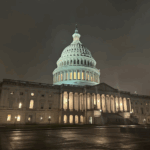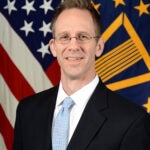
Sen. Martin Heinrich (D-N.M.) will leave the Senate Armed Services Committee and join the chamber’s Appropriations Committee, keeping intact an important legislative shield for nuclear sites in the Land of Enchantment. Sen. Charles Schumer (D-N.Y.) the majority leader, announced the committee assignments for the Democratic-controlled 117th Congress Tuesday on a call with the Senate’s Democratic caucus, Politico reported. The changes leave New Mexico without a member on the Senate Armed Services Committee for the first time since 2015. Recently elected…

 By
By 











